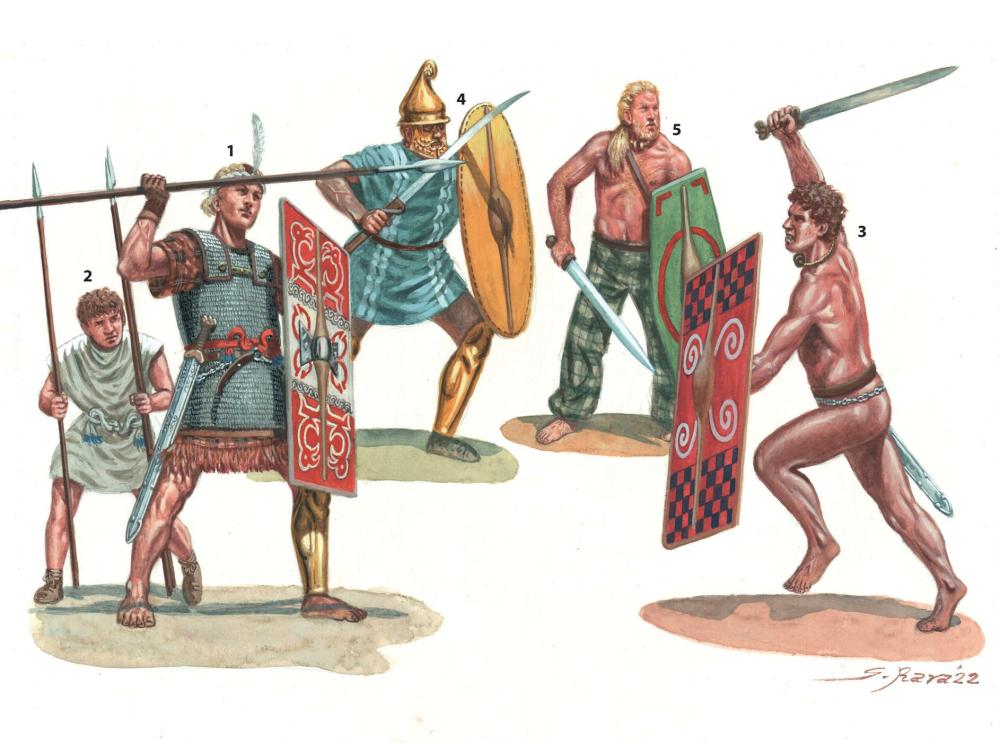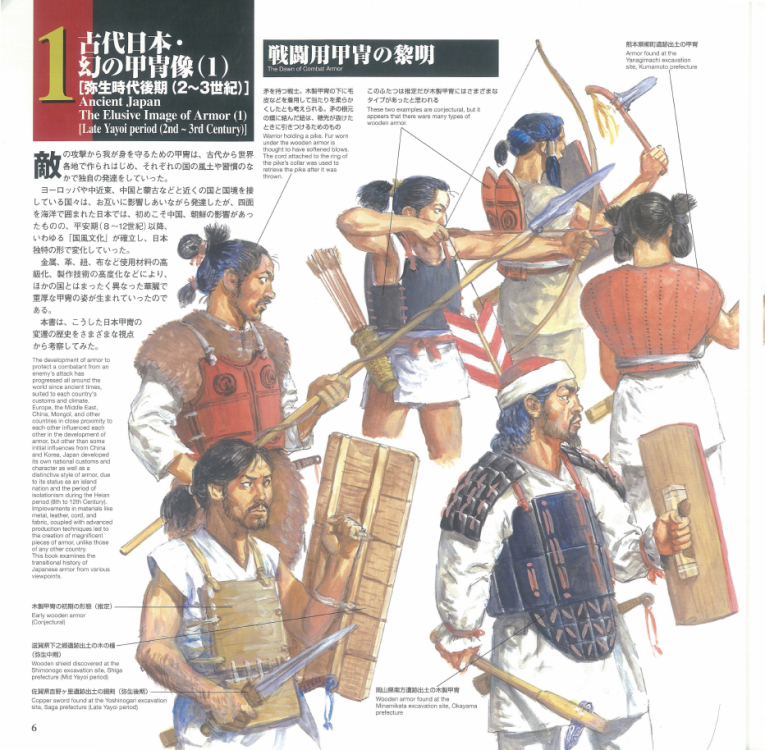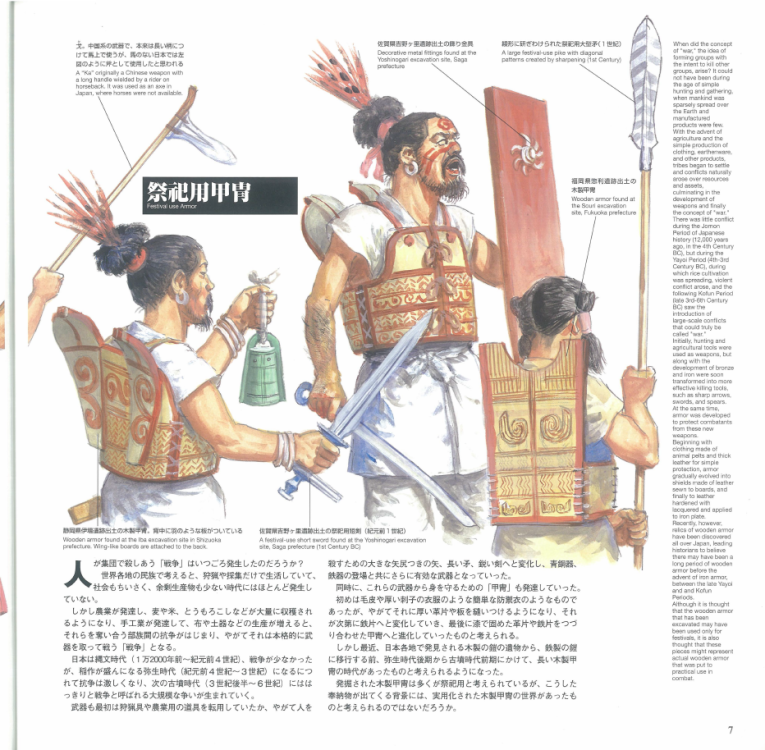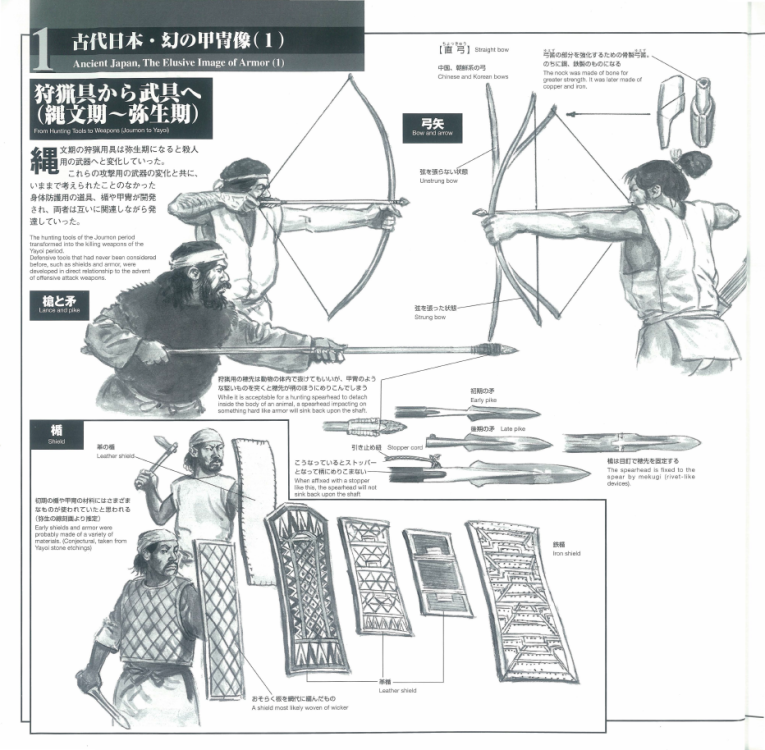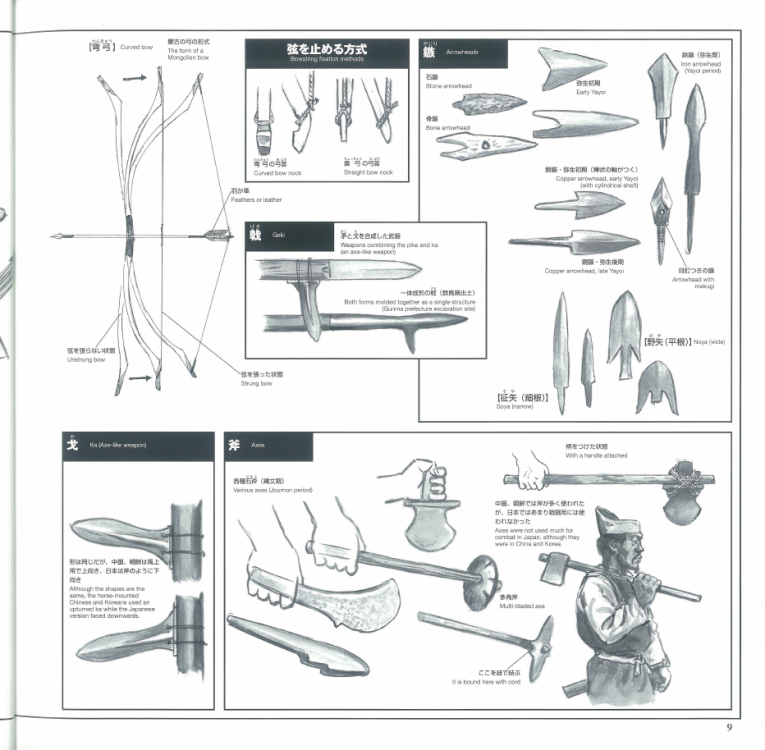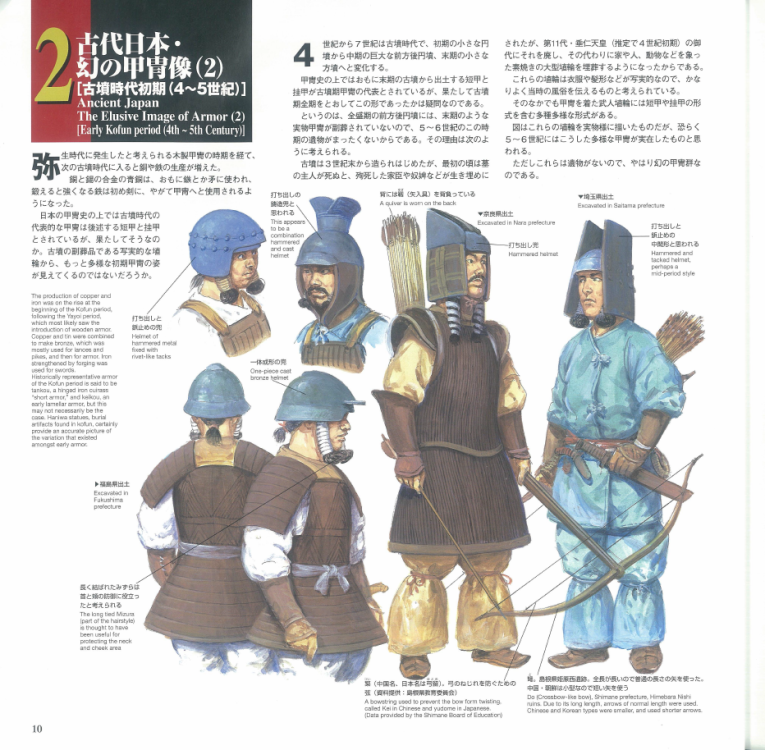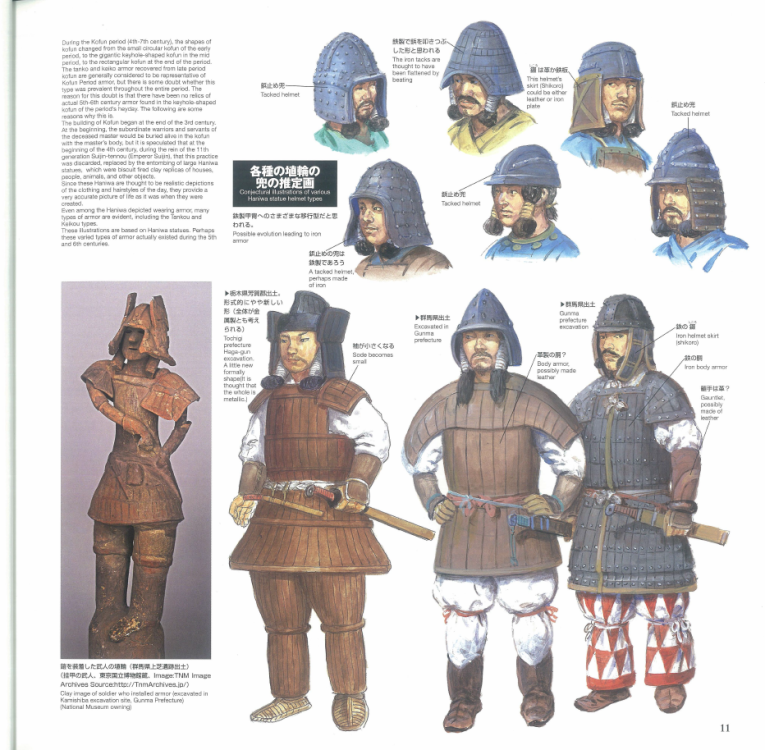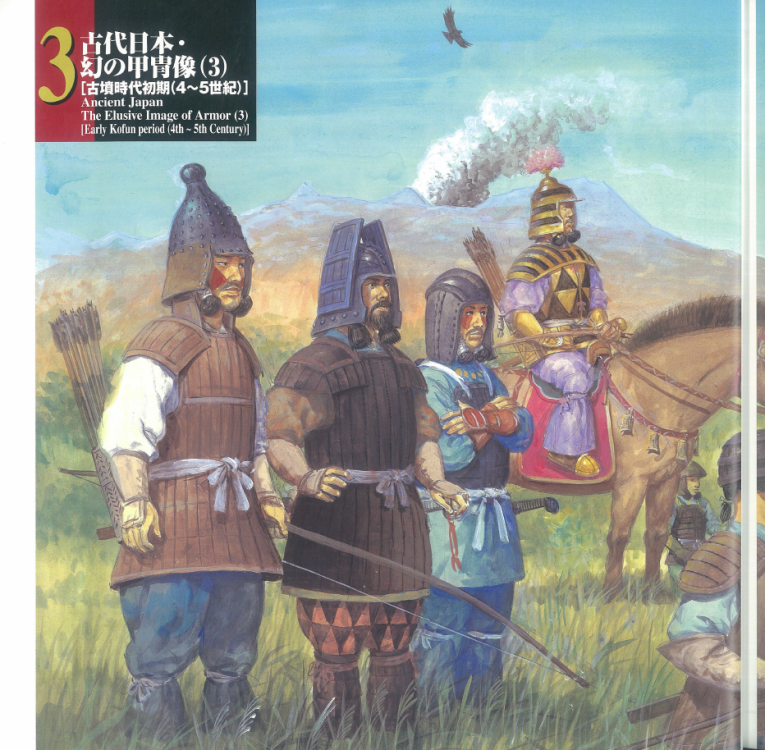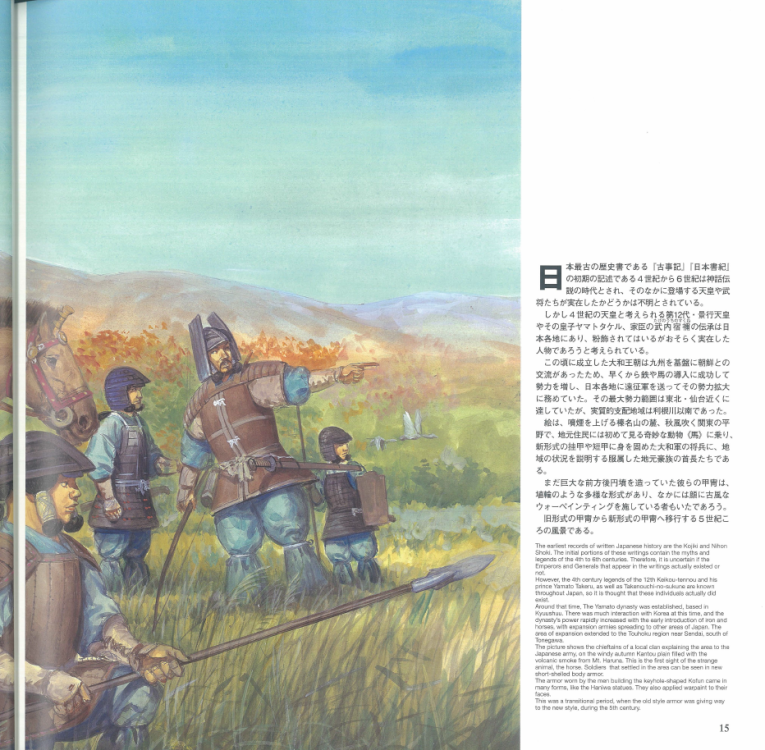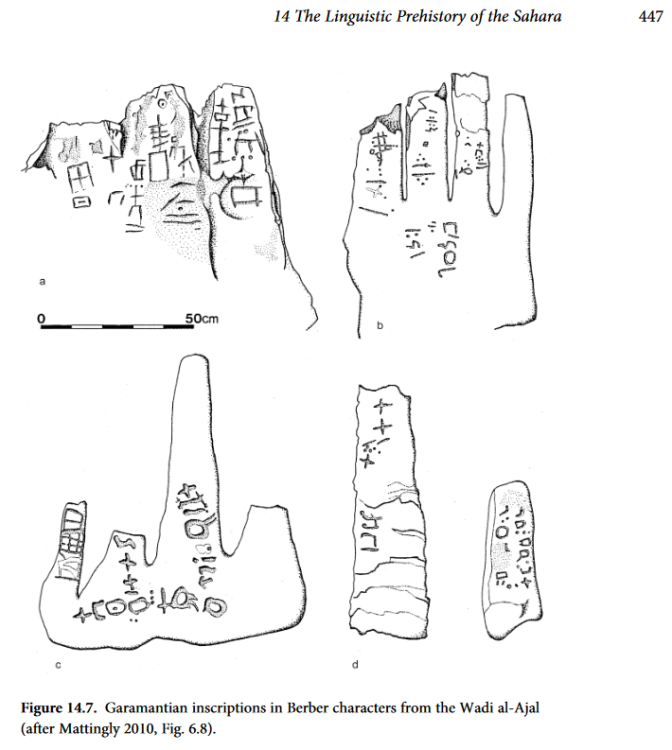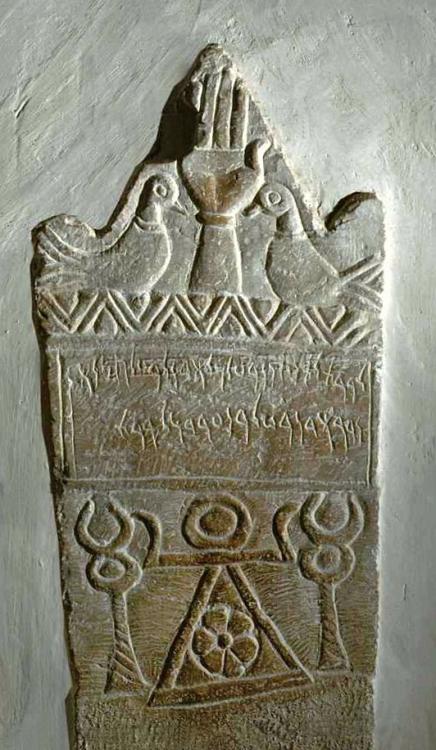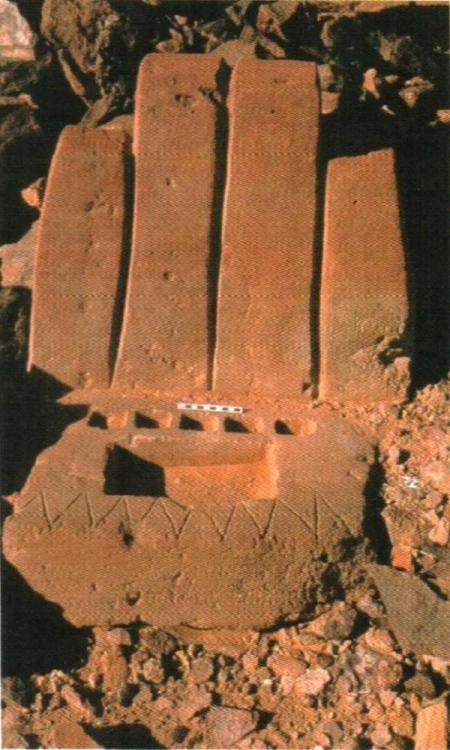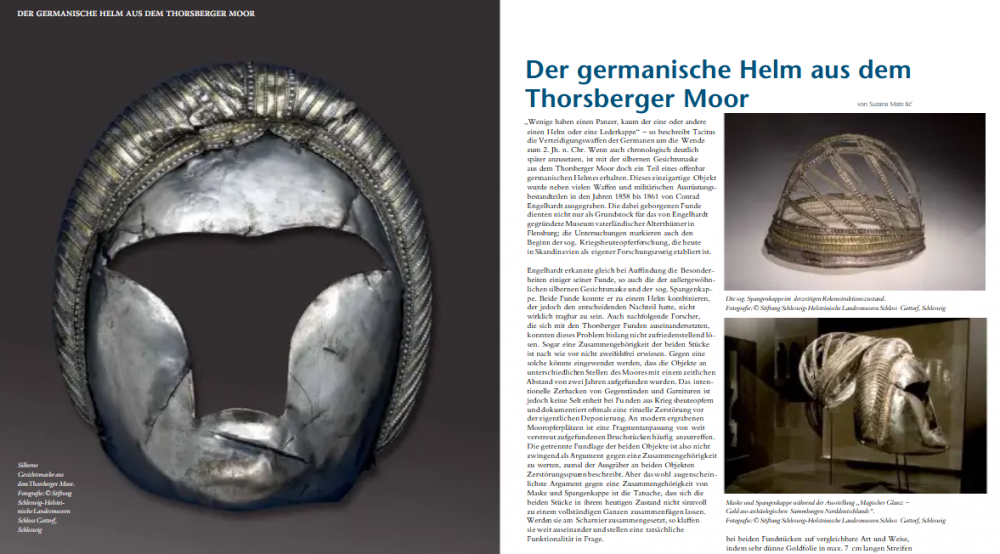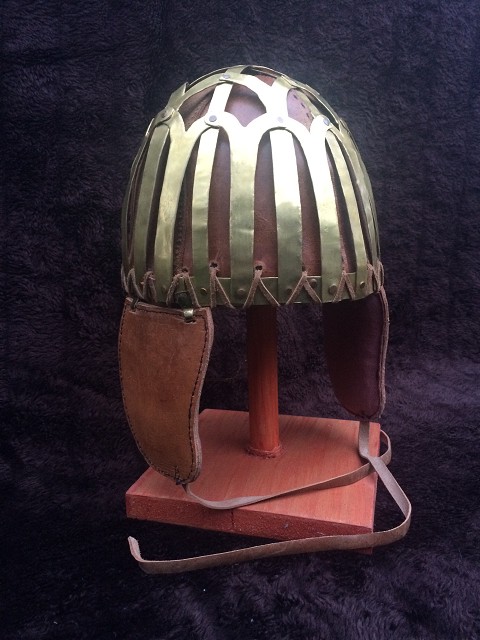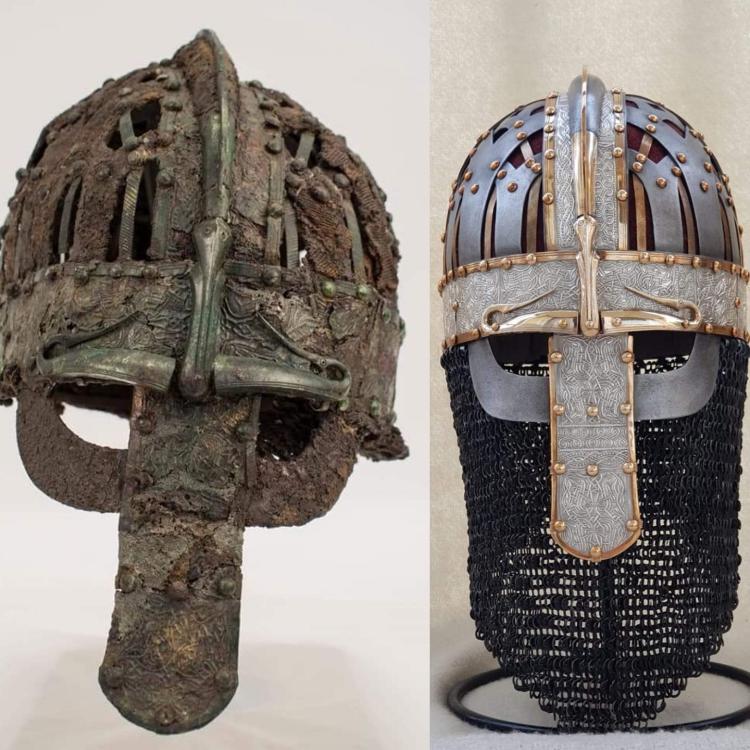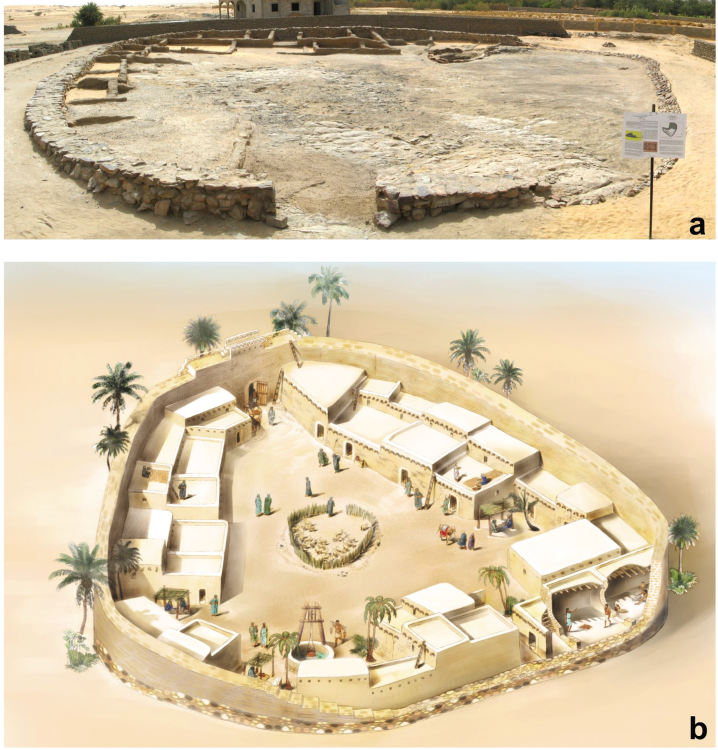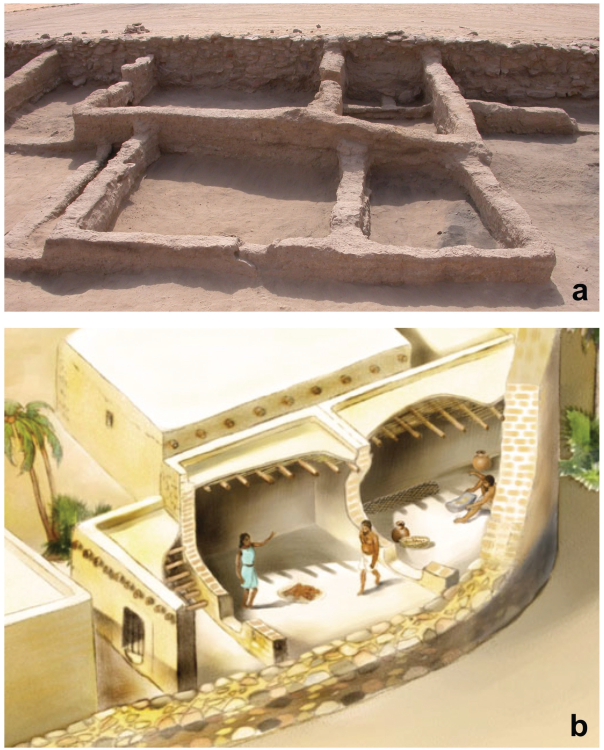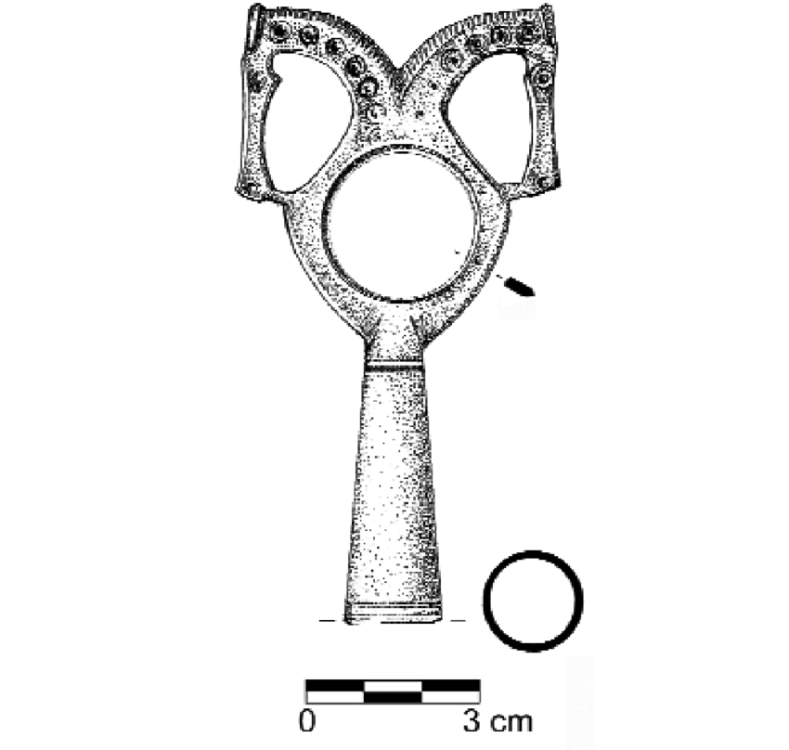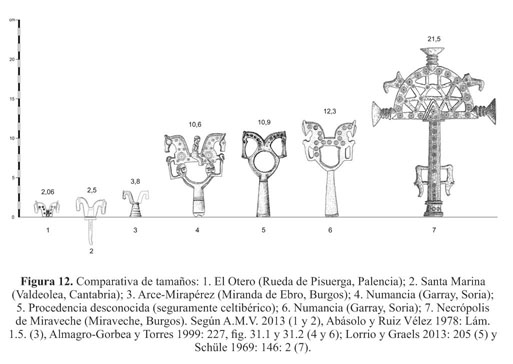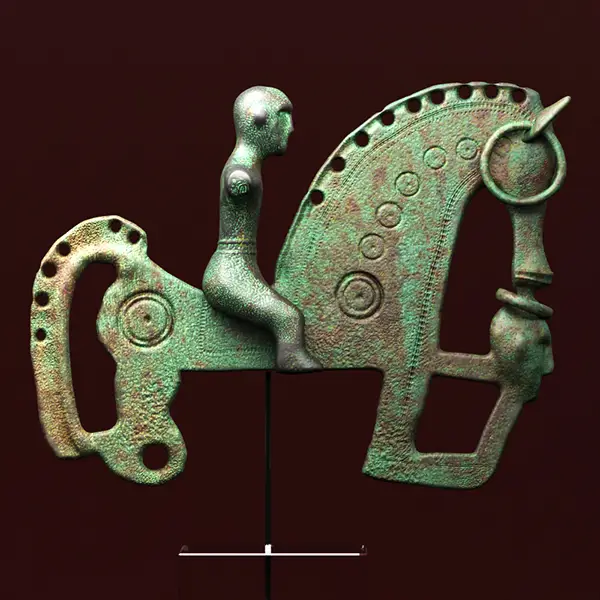-
Posts
2.409 -
Joined
-
Last visited
-
Days Won
83
Everything posted by Genava55
-
.thumb.jpg.b21ca1d0c15fb56b42c39b25a0a40815.jpg)
===[TASK]=== Crowd Sourced - Garamantians (Faction)
Genava55 replied to Lopess's topic in Game Modification
Source about the chariots: https://africanrockart.britishmuseum.org/thematic/chariots-in-the-sahara/ https://www.temehu.com/chariots.htm https://europabarbarorum.fandom.com/wiki/Merkabim_Garamantim_(Garamantine_Chariots) Herodotus, book 4: -
.thumb.jpg.b21ca1d0c15fb56b42c39b25a0a40815.jpg)
Others RTS - Discuss / Analysis
Genava55 replied to Lion.Kanzen's topic in Introductions & Off-Topic Discussion
Age of Empires II: Definitive Edition Getting Return of Rome DLC We announced an upcoming Age of Empires II: Definitive DLC, Return of Rome. Thinking the key art looks familiar? You’d be right! We’re adding Age of Empires: Definitive Edition content, playable in the Age of Empires II: Definitive Edition client! We’ll be sharing more details in the not too distant future so stay tuned for more information. -
A better version: It was drawn by Giuseppe Rava => https://www.facebook.com/profile.php?id=100051111677742 Sadly this is one of his worst illustration. Probably due to a lack of advices and a lack of knowledge about the material. Yes the winged helmet is a weird interpretation from the early 19th century when people thought that the cheek-guards of helmets were metallic supports for decorative wings... that's why you can see it on some statues depicting Vercingetorix and Ambiorix. The bronze cuirass is also something from the Hallstatt C period (800–620 BC), totally anachronistic with the rest of the items. Giuseppe Rava made a better one recently, thanks to the advice of François Gilbert, a French reenactor:
- 264 replies
-
- 2
-

-
- britons
- east celtic
-
(and 2 more)
Tagged with:
-
.thumb.jpg.b21ca1d0c15fb56b42c39b25a0a40815.jpg)
Others RTS - Discuss / Analysis
Genava55 replied to Lion.Kanzen's topic in Introductions & Off-Topic Discussion
Probably since Forgotten Empires made the Extended Edition of AoM. But it could be also Tantalus Media who worked on AoE III DE. I doubt Relic would work on it. -
.thumb.jpg.b21ca1d0c15fb56b42c39b25a0a40815.jpg)
Others RTS - Discuss / Analysis
Genava55 replied to Lion.Kanzen's topic in Introductions & Off-Topic Discussion
Age of Mythology Retold - Announce Trailer “Bringing the Definitive Edition treatment to Age of Mythology, the game will feature beautiful graphics, updated gameplay and more,” the developer said on Tuesday. “We know that the Age of Mythology community has been hopefully waiting for a Definitive Edition, and we’ll be delivering. We’re working hard to bring you the glory of the original game with updated graphics, features and more. Stay tuned for more news.” https://www.videogameschronicle.com/news/age-of-mythology-is-officially-getting-the-definitive-edition-treatment/ -
.thumb.jpg.b21ca1d0c15fb56b42c39b25a0a40815.jpg)
Wow's new unit countering ideas
Genava55 replied to wowgetoffyourcellphone's topic in Gameplay Discussion
I will add another point, the best defense against cavalry is also a dense formation. The success of pikemen during the Middle Ages was due to their formation and their training to fight in such order. Ancient pikemen weren't created to face cavalry but infantry. Roman legionaries were very resilient to cavalry charges while not using any spears. Parthians and Sarmatians used horse archers to weaken their lines before any charge and even with that, they struggled to break the formation. -
Interesting. I also found this: bronze-age-maritime-and-warrior-dynamics-in-island-east-asia.pdf
-
-
YAYOI METALLURGY https://factsanddetails.com/japan/cat16/sub105/entry-5288.html
-
.thumb.jpg.b21ca1d0c15fb56b42c39b25a0a40815.jpg)
Fighting techniques references
Genava55 replied to Enrique's topic in Tutorials, references and art help
-
.thumb.jpg.b21ca1d0c15fb56b42c39b25a0a40815.jpg)
===[TASK]=== Crowd Sourced - Garamantians (Faction)
Genava55 replied to Lopess's topic in Game Modification
Garamantian inscription with the shape of a hand: Garamantian tombstone: This is similar to a Carthaginian symbol, called the hamsa. -
.thumb.jpg.b21ca1d0c15fb56b42c39b25a0a40815.jpg)
Civ: Germans (Cimbri, Suebians, Goths)
Genava55 replied to wowgetoffyourcellphone's topic in Delenda Est
Weapons could have also been political gifts or earned from any experience as mercenaries or auxiliaries. There are some Celtic helmets found in a Germanic context but from the Przeworsk culture (related to the Lugii and the Vandals). For the Suebi, I really think it should be coherent with the description from Tacitus: It is only an issue due to a lack of guidelines to represent the gain in experience. The current approach is based on Mediterranean civs in vanilla 0AD which is inappropriate for "barbarians". Anyway, if you want a list of the helmets you could use for the Suebians: Gelduba helmet with the feathers Wooden helmets from Denmark A sort of helmet made from hide as mentioned by Tacitus Coolus-Mannheim helmets are esthetically suited (although a real evidence would have been better, it is plausible) Modified Roman helmets for veterans and ancient auxiliaries The eagle helmet from the Portonaccio Sarcophagus The Stanica Tbilisskaya / skeleton helmet. -
.thumb.jpg.b21ca1d0c15fb56b42c39b25a0a40815.jpg)
Civ: Germans (Cimbri, Suebians, Goths)
Genava55 replied to wowgetoffyourcellphone's topic in Delenda Est
The Roman Coolus is a bronze helmet. Some of them belong to Imperial Italic serie. https://www.res-bellica.com/en/tag-prodotto/coolus-en/ The evolution is probably from the late Montefortino Montefortino => Buggenum => Coolus type C Maybe there is a bit of influence from the Coolus-Mannheim which is Celtic (and in bronze). But I think the Buggenum is a better explanation. This is a Port helmet. This is the ancestor of the Imperial Gallic, not of the Coolus. -
.thumb.jpg.b21ca1d0c15fb56b42c39b25a0a40815.jpg)
Civ: Germans (Cimbri, Suebians, Goths)
Genava55 replied to wowgetoffyourcellphone's topic in Delenda Est
The black and white drawings are indeed more useful but at least it gives a better idea of the perspective -
.thumb.jpg.b21ca1d0c15fb56b42c39b25a0a40815.jpg)
Civ: Germans (Cimbri, Suebians, Goths)
Genava55 replied to wowgetoffyourcellphone's topic in Delenda Est
Finds from Großromstedt https://archive.org/details/eichhorn-1927-grossromstedt -
.thumb.jpg.b21ca1d0c15fb56b42c39b25a0a40815.jpg)
Civ: Germans (Cimbri, Suebians, Goths)
Genava55 replied to wowgetoffyourcellphone's topic in Delenda Est
The actual consensus is that the migration period helmets come from the Sassanian/Parthian helmets. This is the origin of the so-called Spangenhelm and Roman ridge helmets. https://en.wikipedia.org/wiki/Spangenhelm https://en.wikipedia.org/wiki/Lamellar_helmet https://en.wikipedia.org/wiki/Late_Roman_ridge_helmet https://threadreaderapp.com/thread/1058733865261502465.html But it is plausible the Germanic auxiliaries at this time got their helmets from the Sarmatians or the Dacians. Which would be an earlier version of the segmented helmets. A different branch. Those are nicknamed "skeleton helmets" although this is not a suitable name from a typological pov. Some people think it is related to the Samartian find from Stanica Tbilisskaya: And it is indeed true that later Germans used such design for their helmets. Here is Thorsberg helmet: https://de.wikipedia.org/wiki/Thorsberger_Moor And here is Benty Grange helmet: https://en.wikipedia.org/wiki/Benty_Grange_helmet Valsgarde 6 helmet (burial N°6): Valsgarde 5 helmet (burial N°5): -
.thumb.jpg.b21ca1d0c15fb56b42c39b25a0a40815.jpg)
===[TASK]=== Crowd Sourced - Garamantians (Faction)
Genava55 replied to Lopess's topic in Game Modification
Identity Markers in South-Western Fazzan Were the People of the Wadi Tanzzuft/Tadrart Akakus Region Garamantes? gatto2019.pdf -
.thumb.jpg.b21ca1d0c15fb56b42c39b25a0a40815.jpg)
===[TASK]=== Crowd Sourced - Garamantians (Faction)
Genava55 replied to Lopess's topic in Game Modification
A short article about it : The Garamantes of Fazzan.pdf @Lopess do you have the lead on this faction? -
.thumb.jpg.b21ca1d0c15fb56b42c39b25a0a40815.jpg)
===[TASK]=== Crowd Sourced - Garamantians (Faction)
Genava55 replied to Lopess's topic in Game Modification
https://en.wikipedia.org/wiki/Germa The Archaeology of Fazzan, Volume 1 - Synthesis https://library.oapen.org/handle/20.500.12657/54515 The Archaeology of Fazzan, Volume 2 - Site Gazetteer, Pottery and other Survey Finds https://library.oapen.org/handle/20.500.12657/54095 The Archaeology of Fazzan, Volume 3 - Excavations https://library.oapen.org/handle/20.500.12657/54108 The Archaeology of Fazzan, Volume 4 - Survey and Excavations at Old Jarma (Ancient Garama) https://library.oapen.org/handle/20.500.12657/54098 Edit: "Gaetuli" y Roma - XV Semana de la Ciencia https://www.academia.edu/29611766/_Gaetuli_y_Roma_XV_Semana_de_la_Ciencia -
.thumb.jpg.b21ca1d0c15fb56b42c39b25a0a40815.jpg)
===[TASK]=== Crowd Sourced - Garamantians (Faction)
Genava55 replied to Lopess's topic in Game Modification
http://www.twcenter.net/forums/showthread.php?735996-The-Libyan-Kingdom-of-the-Garamantians -
.thumb.jpg.b21ca1d0c15fb56b42c39b25a0a40815.jpg)
[Task] Iberian, Lusitan, Celto-Iberian symbology
Genava55 replied to Lion.Kanzen's topic in Official tasks
-
.thumb.jpg.b21ca1d0c15fb56b42c39b25a0a40815.jpg)
[Task] Iberian, Lusitan, Celto-Iberian symbology
Genava55 replied to Lion.Kanzen's topic in Official tasks
Yeah that's a good one. https://www.despertaferro-ediciones.com/2019/estandartes-militares-de-los-pueblos-prerromanos-de-la-peninsula-iberica/ Dialnet-NuevoSignumEquitumCeltiberico-4338399.pdf 27-Texto del artículo-28-1-10-20080122.pdf -
.thumb.jpg.b21ca1d0c15fb56b42c39b25a0a40815.jpg)
Civ: Germans (Cimbri, Suebians, Goths)
Genava55 replied to wowgetoffyourcellphone's topic in Delenda Est
https://www.academia.edu/37321372/IN_TEMPORE_SUEBORUM_El_tiempo_de_los_Suevos_en_la_Gallaecia_411_585_Catálogo_de_Exposición_Español_ The Suevi in Galicia, Spain -
.thumb.jpg.b21ca1d0c15fb56b42c39b25a0a40815.jpg)
Others RTS - Discuss / Analysis
Genava55 replied to Lion.Kanzen's topic in Introductions & Off-Topic Discussion



